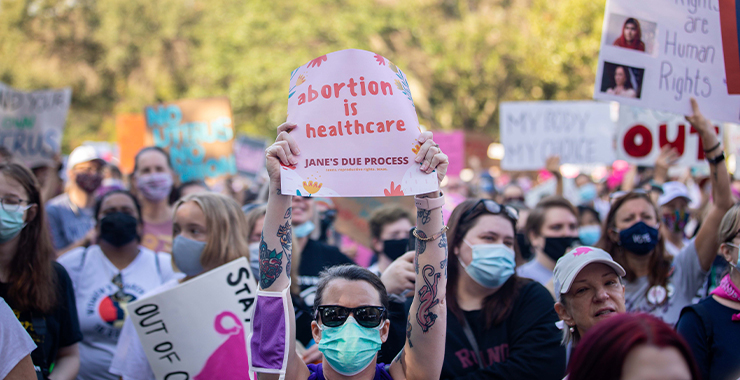Abortion is a highly sensitive and emotionally charged topic that has sparked intense debates and discussions worldwide. The decision to terminate a pregnancy is deeply personal, and it can be influenced by a myriad of factors, including individual beliefs, health considerations, socioeconomic circumstances, and cultural norms. In this blog, we will explore the multifaceted nature of abortion, examining different perspectives and striving to foster understanding and empathy for all sides of the debate.
1. The Right to Choose:
At the core of the pro-choice movement is the belief that every person has the right to make decisions about their own body and reproductive health. Advocates argue that women should have access to safe and legal abortion services, allowing them to take control of their lives and make choices that align with their personal circumstances. They emphasize that restricting access to abortion can lead to unsafe, back-alley procedures, putting women’s lives at risk.
2. The Sanctity of Life:
On the other side of the spectrum, the pro-life stance centers on the belief that life begins at conception, and every human life is precious and deserving of protection. Supporters of this view contend that abortion is morally wrong and equate it to taking a human life, irrespective of the stage of pregnancy. They advocate for alternatives such as adoption and greater support for expectant mothers, promoting a culture that cherishes life from conception to natural death.
3. Health and Safety Considerations:
For many, the decision to undergo an abortion is deeply intertwined with health and safety concerns. In cases where the pregnancy poses a threat to the mother’s physical or mental well-being, abortion may be considered as a necessary medical intervention. Ensuring access to safe and legal abortion services is crucial in protecting the health and rights of women facing difficult choices.
4. Addressing Root Causes:
Amidst the abortion debate, addressing the root causes that lead to unplanned pregnancies is a vital aspect that both sides can agree on. Comprehensive sex education, access to contraceptives, and family planning services play a significant role in reducing the need for abortions. By supporting initiatives that promote responsible reproductive choices, we can work towards creating a society where unwanted pregnancies are minimized.
5. Compassion and Understanding:
The topic of abortion is not one that can be easily resolved through one-size-fits-all solutions. It requires empathy, understanding, and a willingness to engage in respectful dialogue. Recognizing the complexities and deeply held beliefs on both sides of the debate can help foster a more compassionate approach to discussing this sensitive issue.
Conclusion:
The abortion debate is one that touches the very core of our beliefs and values, and it is essential to approach it with an open mind and empathetic heart. Rather than focusing solely on polarized views, let us strive to find common ground and work towards comprehensive solutions that empower women, respect life, and address the underlying factors leading to unplanned pregnancies. By fostering dialogue, understanding, and respect, we can navigate the complex landscape of abortion in a way that supports individual autonomy and human rights while seeking the greater good for all.




